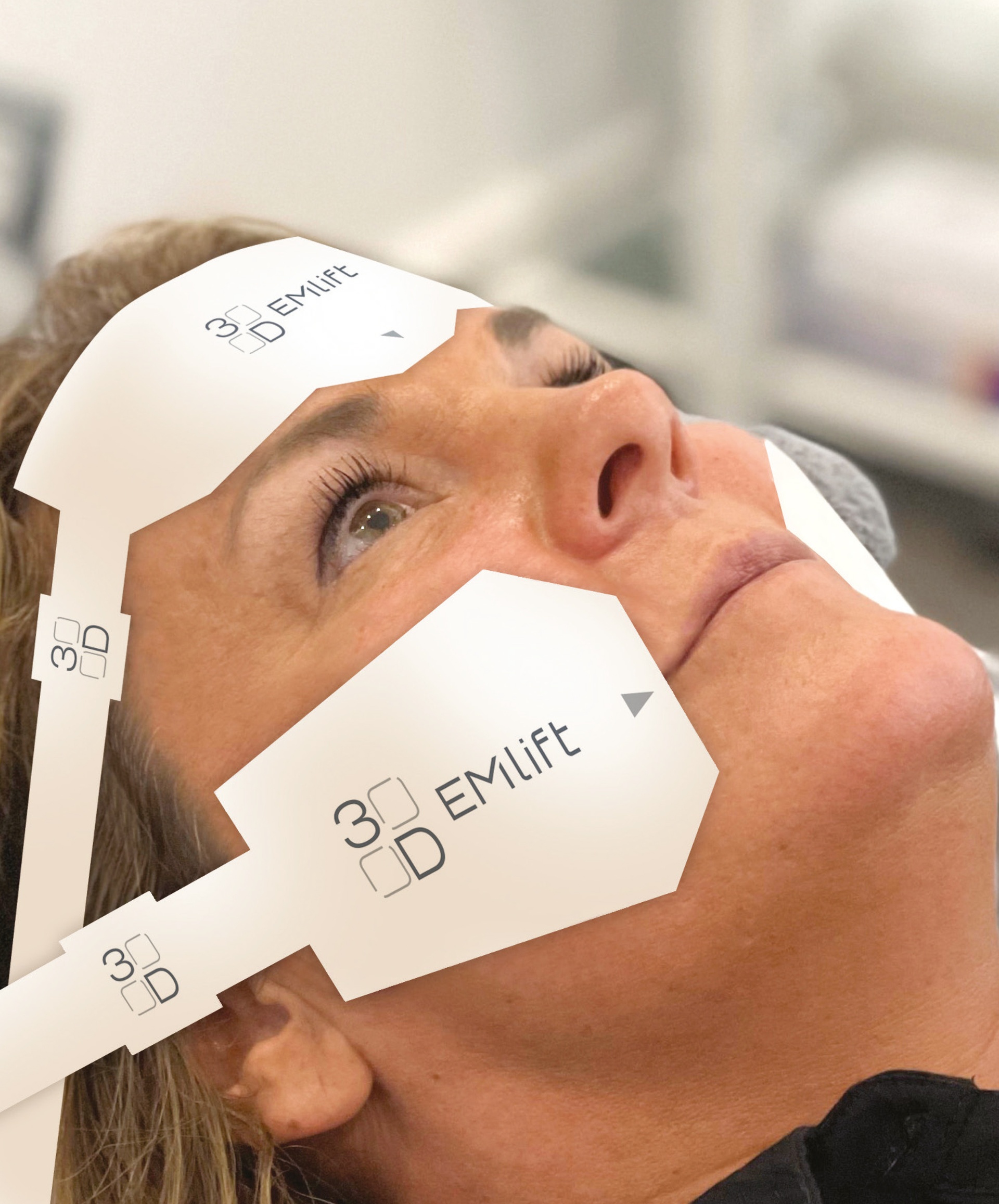There has been a noticeable shift in consumer preference for safe, efficient, and outcome-oriented non-surgical aesthetic procedures, with an increasing number of consumers proactively seeking ways to address or mitigate the effects of ageing and other concerns without undergoing invasive procedures.
This shift in consumer behaviour represents a lucrative opportunity for salons and clinics to adapt to their clientele’s changing demands and stay ahead in a competitive industry.
The demand for non-surgical treatments is consistently increasing, indicating a sustained interest in accessible and effective cosmetic solutions. However, until now, there has been a significant lack of credible alternatives to botulinum toxin.
3D Aesthetics recently launched 3D EMlift – an innovative system that utilises high-intensity focused electromagnetic energy combined with radiofrequency (RF) – and has now conducted a controlled clinical study with full results to be released in spring.
However, from the initial release of the data, 3D EMlift delivered incredible results for skin elasticity, as well as dramatic results for skin firmness when compared with a previous clinical study on botulinum toxin.
Dr Abs Settipalli (MCHD, BCHD, BSC) is a respected cosmetic doctor, author, lecturer, international trainer and speaker. He’s also an important advisor for many companies and works on research in biotechnology. Dr Settipalli recently collaborated with 3D Aesthetics on a clinical trial, where he tested a new treatment and shared his thoughts:
“Scientific peer-reviewed evidence already exists to show the pro-ageing effects of botulinum toxin, such as elasticity loss. Therefore, it stands to reason that an approach which doesn’t reduce skin function and elasticity would give a better outcome than toxin in this anti/pro-ageing regard. I believe not enough people are aware of the damaging effects of toxin in the long term.”
Commenting on 3D EMlift trial results so far, he said, “So far, the results have shown exactly the opposite effect of toxin treatments – that is to say, an increase in skin elasticity and firmness was seen almost immediately, and the comparison of this treatment modality with toxin should make all patients question their future treatment choices.”







